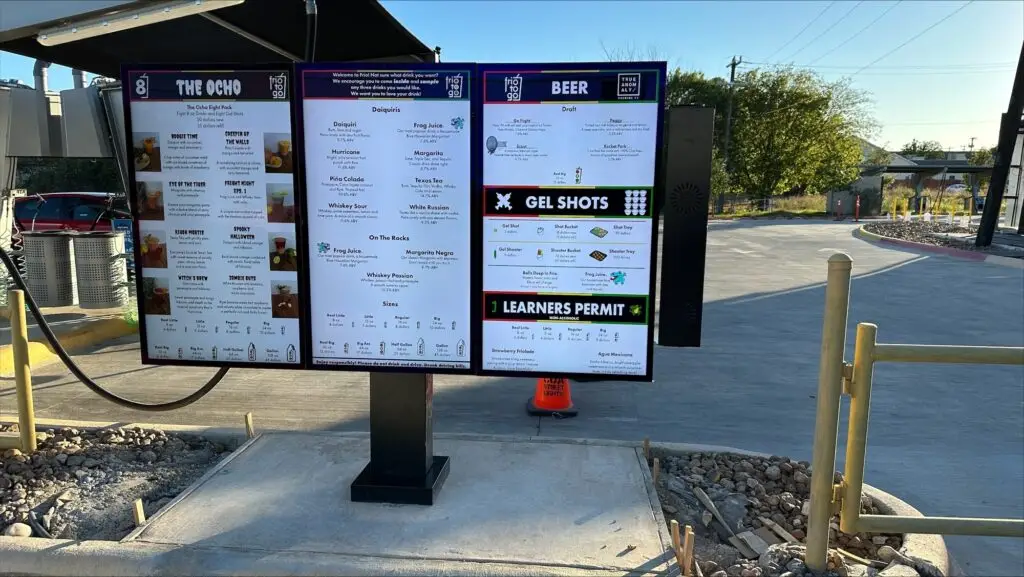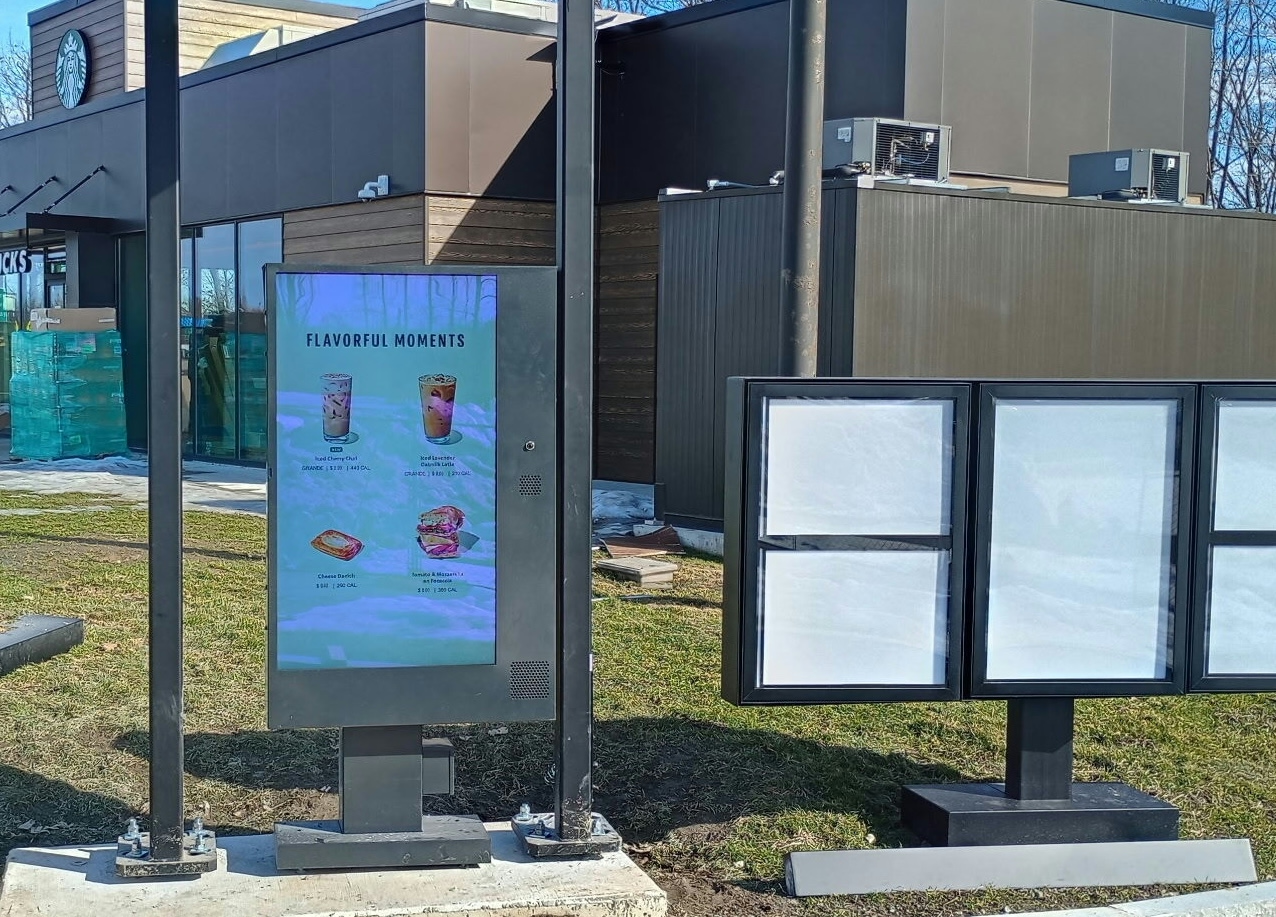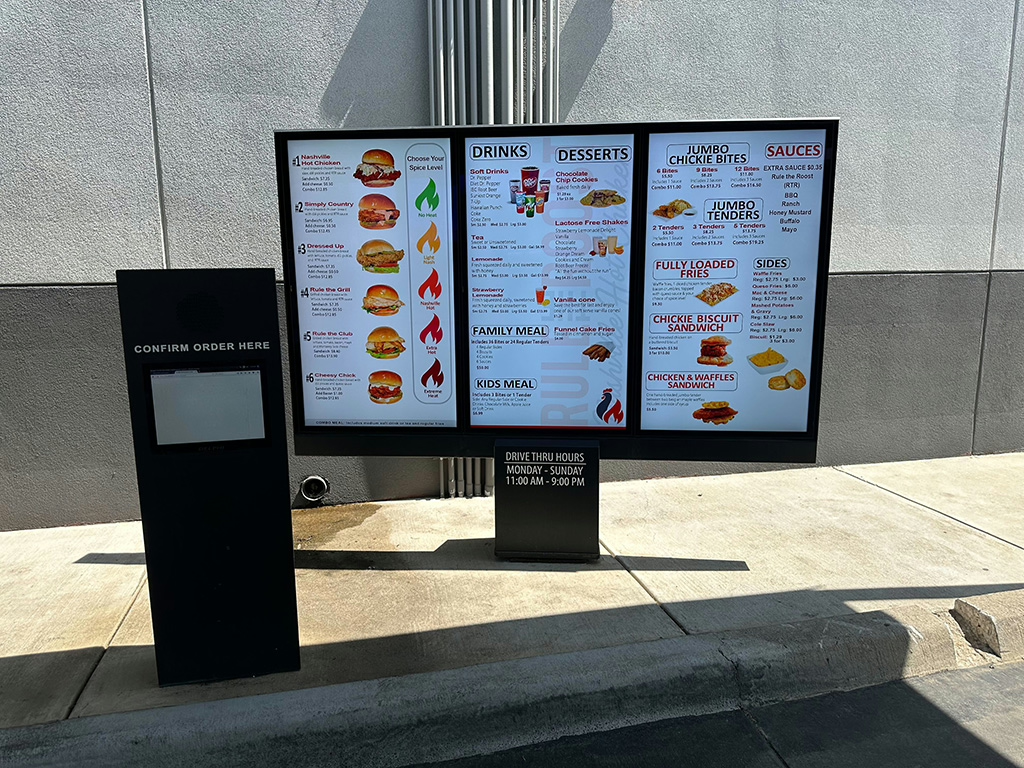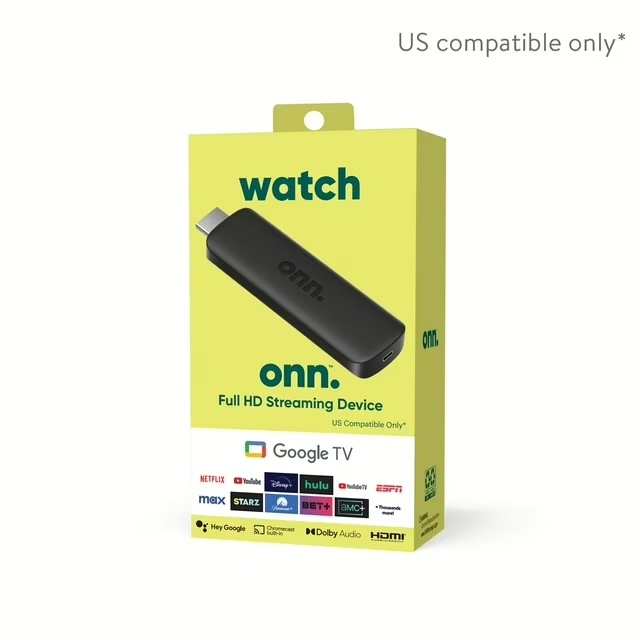Digital menu boards present exciting opportunities for restaurants and other businesses, but success boils down to a few key first principles:
Information Architecture:
- Clarity and hierarchy: Organize content intuitively, prioritizing top-selling items, specials, and categories. Ensure readability at a glance, using distinct fonts, sizes, and spacing.
- Focus and conciseness: Avoid overwhelming customers with too much information. Highlight key details like price, ingredients, and dietary options without sacrificing visual appeal.
- Seamless navigation: If your menu is extensive, consider subcategories or scrolling functionality to improve ease of exploration.
Visual Design:
- Brand alignment: Design elements like colors, fonts, and imagery should be consistent with your overall brand identity, creating a cohesive and recognizable experience.
- Appetizing visuals: High-quality photos or food illustrations can trigger cravings and increase sales. Showcase your dishes in their most mouthwatering light.
- Dynamic content: Update menus to reflect daily specials, seasonal offerings, or limited-time promotions. Keep your audience engaged with changing visuals and information.
Technology and Functionality:
- Content management system: Invest in a user-friendly system for updating menus remotely and in real-time. This allows for quick adjustments and promotions without physical changes.
- Integration: Consider seamlessly integrating your menu board with other systems like point-of-sale, inventory management, or loyalty programs for optimized efficiency.
- Accessibility: Ensure your menu board is accessible to everyone, including people with visual impairments. Consider features like text-to-speech or audio descriptions.
Beyond the Basics:
- Engage customers: Use digital menus to showcase interactive elements like video promotions, customer testimonials, or social media feeds.
- Gather data: Track customer views, clicks, and ordering patterns to inform menu optimizations, promotion strategies, and personalized recommendations.
- Environmental impact: Utilize digital menus to reduce paper waste and printing costs, supporting your sustainability efforts.
Remember, digital menu boards are not just replacements for static signs; they are powerful tools for enhancing customer experience, increasing sales, and streamlining operations. By focusing on these first principles, you can create a dynamic and engaging menu board that truly benefits your business.
I hope this comprehensive answer helps! Feel free to ask if you have any further questions.

California Fish Grill Case Study
Download the California Fish Grill case study that details how we helped integrate their digital menu boards and Northstar PoS for automatic price updates, 86’ing items off the menu, and streamlining menu rollouts to all of their locations.




